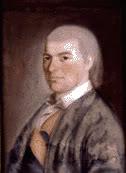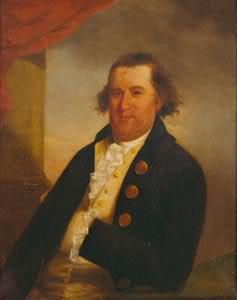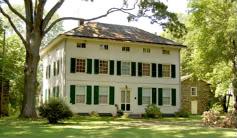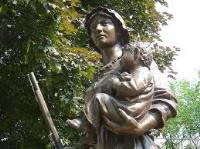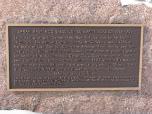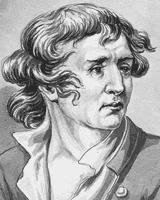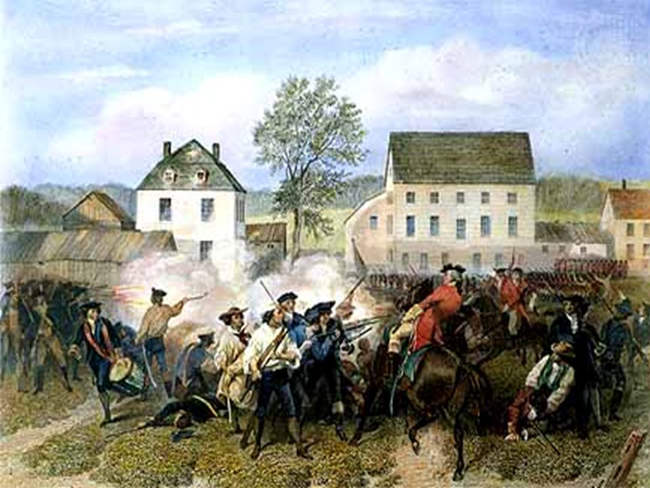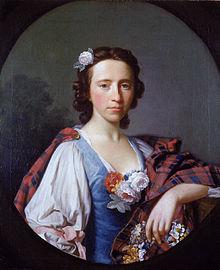Wife of Boston Tea Party Participant Thomas Melville Priscilla Scollay was born on August 15, 1755, in Boston, Massachusetts, daughter of John and Mercy Greenleaf Scollay. In 1761, along with about fifty other men, John Scollay signed a petition which was sent to King George III protesting the illegal actions of the British revenue officers. A strong supporter of colonial claims against the empire, John Scolly was chosen to Boston’s Board of Selectmen in 1764. The honor was repeated in 1773, and the following year he was made chairman, a title he held until 1790. Scollay Square in Boston is named for her family. Thomas Melville was born in Boston, Massachusetts, January 27, 1752, the only son of Allan and…
